Home-based Exercise
Exercising daily can significantly help in controlling blood sugar levels. Which is the best exercise? The one which you do daily!
Regular physical activity is of great benefit to the general population and even more for people living with chronic conditions like diabetes. Daily physical activity is an integral part of diabetes management, helping to maintain blood glucose at recommended levels.
Physical activity should be seen as a hobby and a valuable tool to overcome the monotony of the difficult confinement that many people around the world are currently experiencing.
Below are a series of daily exercises that can be performed at home. The exercise intensity of each activity is comparable to one hour of brisk walking, resulting in an energy expenditure of 150-200 Kcal.
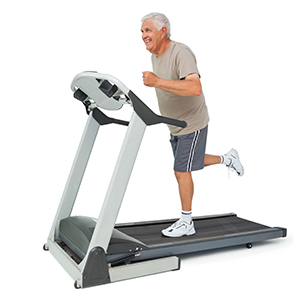
Treadmill
One-hour brisk walking (no need to run), which can also be split into three 20-minute sessions. If possible, the slope should be adapted to individual fitness levels, to simulate an uphill walk.
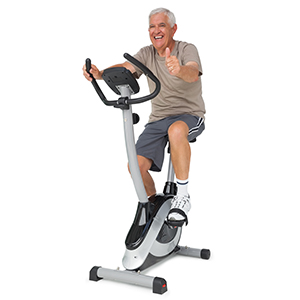
Stationary bicycle (either reclined or classic)
Two 15-minute sessions at variable intensity (if the equipment allows it). The sessions can be longer on a reclined bicycle since the effort is reduced by the backrest.
Bodyweight exercises such as:
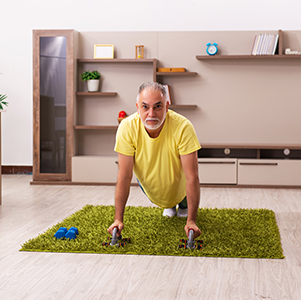
Push-Up
The push-ups involve multiple muscles in the chest, shoulders and triceps which helps in lowering your blood sugars. As we break down muscle tissue, the muscles take glucose from your bloodstream!
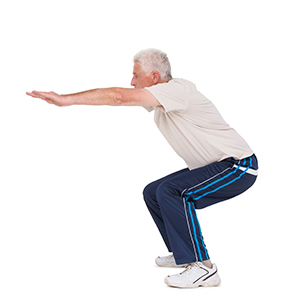
Squats
Squats involves muscle groups which can improve blood sugar control by using your own body weight. It'll also burn more calories than you think and ramp up your metabolism.
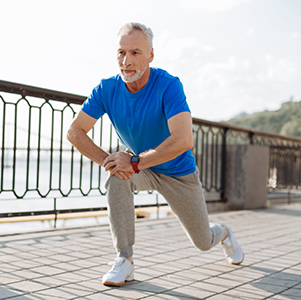
Deep Stationary Lunges
Lunges involve large legs muscle group movement; lunges will activate that insulin and help get you back in range! Lunges increase muscle mass to build up strength and tone your body, especially your core, butt, and legs.
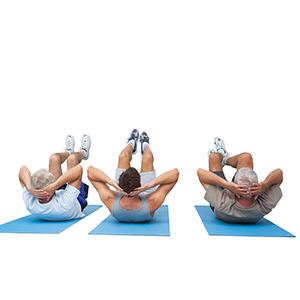
Sit-Ups or Crunches (to strengthen the abdomen)
Sit-ups are an excellent exercise to build your body's endurance and stability. Also, sit-ups are great for tightening your core.
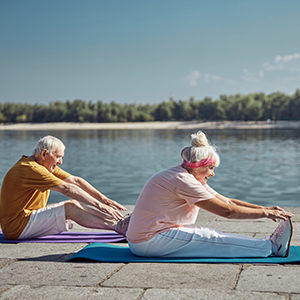
Forward Bend/ flexes (to strengthen the lower-back muscles)
In addition to lowering blood pressure and promoting weight loss, this may help relieve anxiety, headache, and fatigue.
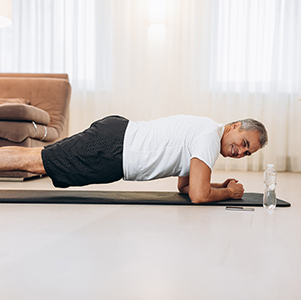
Planks (to strengthen the abdomen)
Planks work on core muscles & help keeping your body stable, balanced and protect your spine. Also, reduces belly fat and makes tummy tight.
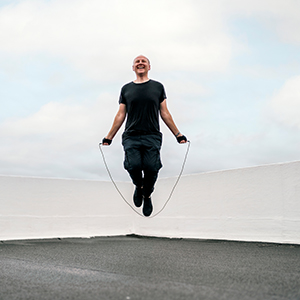
Jump Rope
Jumping rope is a great way to burn calories and build muscle. In diabetes, it can even help control your blood sugar as you shed those extra Kgs. Jumping rope also improves heart health.
Other ways to train at home:
- Walk up and down 8 sets of stairs, for at least 6 floors. This is not recommended for people with type 2 diabetes who do not exercise regularly.
- Jump rope
- Use small weights and home fitness accessories such as rubber bands, kettlebells, wrist weights, ankle weights and pockets filled with heavy objects. Makeshift objects can also be used, such as buckets, cases, bottles filled with water or even small backpacks filled with objects of different weight.
These suggestions can be used to develop short, fragmented or continuous training sessions. Here is an example of a series of "total body" exercises involving all main muscle groups, which anyone can do at home:
- Two series of 20 Jumping Jacks (on-site jumps with synchronized leg and arm spreading and closing)
- Two series of 15 crunches (abdomen strengthening)
- Two series of 15 forward flexes (lower back muscle strengthening)
- Two series of 10 rowing exercises using dumbbells and slight forward flexion (back muscle strengthening)
- Two series of 8 push-ups (pectoral muscle strengthening - knees to floor for beginners)
- Two series of 8 sitting/standing hand-weight lifts (shoulder muscle strengthening)
- Five minutes of treadmill training or stationary/reclined bicycle
- Three series x 15 squats (lower limb strengthening)
- 20 minutes treadmill training
- Final stretching and relaxation.
Make sure to avoid overload and adapt exercise intensity to individual ability and fitness level. It is also important to monitor your health before, during and after exercising.
